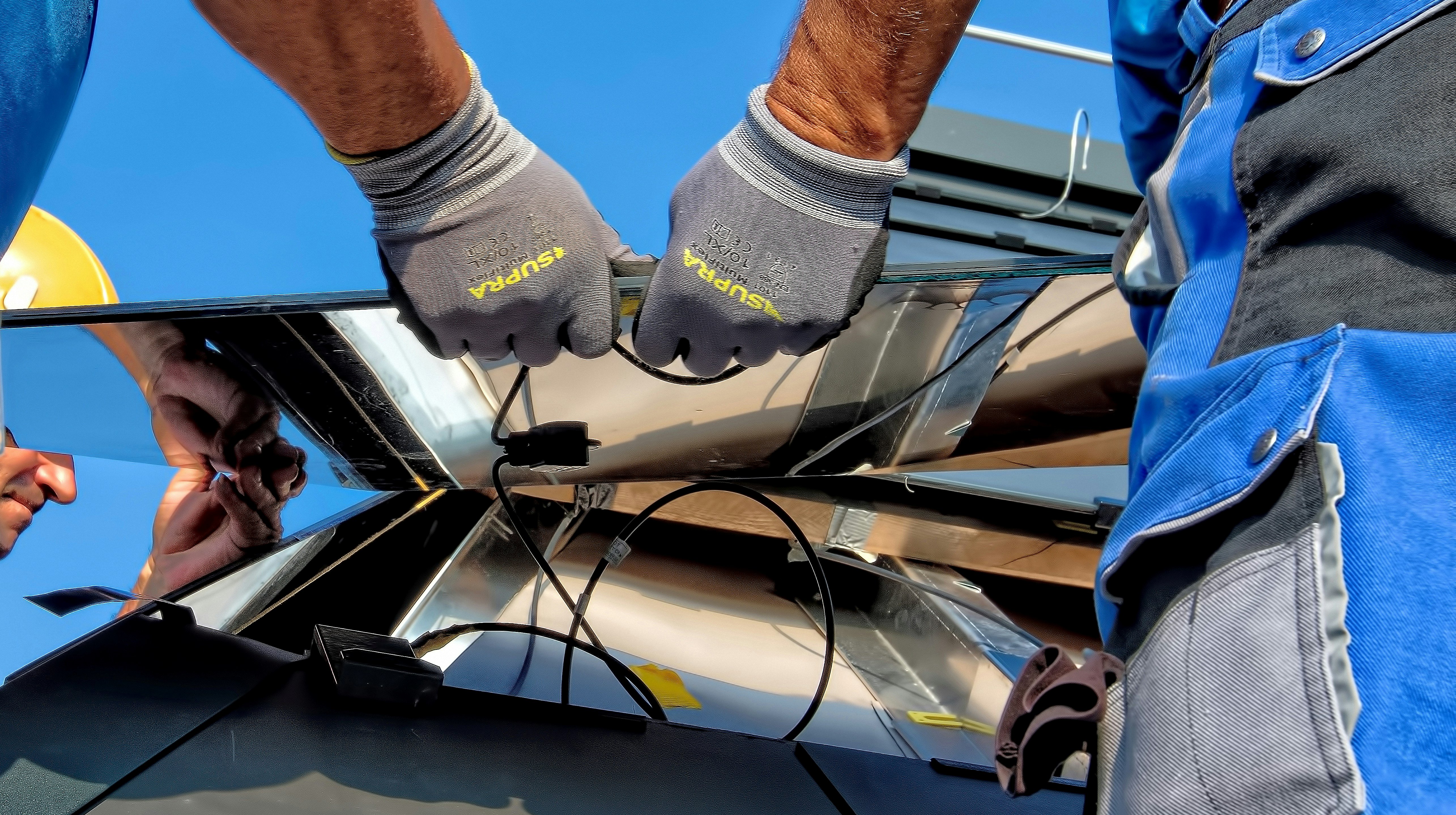Foreign entity of concern (FEOC) restrictions are here, and they’re not just symbolic. If you're in clean energy — whether building a project, selling components, or buying tax credits — you very soon may have to treat supply chain diligence, contracts and ownership structure as make-or-break compliance items.
The rules apply at two levels: the project itself (based on where components come from) and the taxpayer claiming the credit (based on ownership, debt sources, and contractual ties). Both tests must pass, although projects that begin construction before December 31st, 2025 will be exempt from project-level FEOC compliance.
In short, the key challenge of FEOC will not be whether the rules themselves are too punitive, but on how complex it may be for projects and taxpayers to prove compliance (or what Keith Martin from Norton Rose is calling the “FEOC Maze”). For those familiar with claiming the domestic content bonus adder, this process may be similarly thorny.
The industry is still waiting for final guidance from the IRS to truly understand the implications and how to address compliance, but here’s our thinking as of today.
Is your project “tainted” by a prohibited foreign entity?
At the project level, FEOC rules disqualify credits if you receive “material assistance” from a prohibited foreign entity (PFE) — the OBBB treats a PFE , as any entity with ties to China, Russia, North Korea, or Iran. Identifying a “prohibited foreign entity” isn’t just about where a supplier is based — ownership, debt, and licensing terms can all trigger FEOC status. Developers will need to diligence suppliers across the full ownership and contract chain to avoid hidden exposure.
Right now, “material assistance” is a cost-based test: your project must have a minimum percentage of its component cost coming from non-FEOC sources. For wind and solar, this starts at 40% for projects beginning construction in 2026, and ramps to 60% after 2029. For storage, it’s 55-75% over the same period.
Developers can use the cost percentages in the IRS’s domestic content tables released in January to calculate the domestic content of solar, onshore wind, and storage projects for bonus tax credits. Other project types will need to use the actual labor and material costs they pay. And in all cases, developers need to rely on supplier certificates stating whether equipment is FEOC-free. This approach is expected to remain in place until the IRS publishes new tables, likely in late 2026.
Are you (the taxpayer) a specified or foreign-influenced entity?
Separate from the project test, there are also restrictions at the taxpayer-level. If you’re considered a “Specified Foreign Entity” (SFE) or a “Foreign-Influenced Entity” (FIE), you can’t claim tax credits in any year you meet that definition.
You count as an SFE if:
- You’re majority-owned (>50%) by a prohibited foreign party — including foreign governments (China, Russia, North Korea, Iran), their nationals (unless they’re U.S. citizens or green card holders), or companies based in those countries.
You count as an FIE if:
- A single prohibited foreign entity owns ≥25% of your equity, two or more entities own ≥40%, or they collectively hold ≥15% of your outstanding debt (measured at original issuance). Testing is conducted annually, typically on the last day of the entity’s tax year.
- A prohibited foreign entity has authority to appoint a board member or senior executive (e.g. CEO, CFO, SVP).
- You’ve signed contracts that give counterparties “effective control” (e.g., setting output levels, choosing offtakers, or restricting access to operational data). Any payments under those contracts in the prior tax year will trigger FIE status for the associated project.
- Your IP licenses grant counterparties operational control, including directing components, limiting IP use, imposing long-term royalties, or mandating services beyond two years. New licenses signed on or after July 4, 2025, are automatically treated as triggering control if signed with a specified foreign entity.
For ITC recapture, any payment under a contract or license that grants effective control to a prohibited foreign entity at any point in the 10 years after the project is placed in service, could trigger full credit recapture. The ownership risk for most U.S. companies is low, but contracts could be the trap.
Know your exemptions and edge cases
There are carve-outs, though some are unclear:
- Projects under construction for tax purposes by December 31, 2024 are fully exempt from FEOC rules.
- Projects under construction for tax purposes by December 31, 2025 are exempt from project-level FEOC rules — but not from taxpayer-level restrictions.
- Equipment ordered pre-June 16, 2025, for any project under construction by July 31, 2025, and placed in service by 2029 can be excluded from the “material assistance” test.
- Publicly traded firms and their 80%-owned subs are exempt from taxpayer-level FEOC restrictions — unless they allow FEOC-linked entities to appoint executives or directors, or make payments under problematic contracts or licenses.
We expect many developers to safe harbor projects this year if they can -- not necessarily because they expect to fail FEOC tests, but simply to avoid the complexity and compliance risk that comes with them.
Why it matters (even before IRS guidance)
The lack of clarity increases risk. The penalties are stiff: 100% recapture for ITCs if you slip up payments even once in a 10-year period, and a 20% underpayment penalty for calculation errors if you’re off by just 1% of tax owed.
Until the IRS fills in the blanks, our advice is to:
- Safe harbor projects through marking “beginning of construction” to the extent possible to reduce exposure. If possible, within the next ~30 days, since the Treasury is expected to release updated BOC guidance within the 45 day window demanded in the President’s Executive Order. It is unclear whether new guidance will apply to FEOC, but it will be safer to have projects safe-harbored before then.
- Start contract and supply chain audits now — even for projects still under development.
- Get clean certifications from all suppliers, and avoid ambiguous IP or service clauses with counterparties that might be FEOCs.
- When in doubt, assume the IRS will interpret “effective control” broadly.
Until we get further guidance, it is better to be cautious as the consequences of non-compliance could be dire. Additionally, tighter compliance and documentation will result in smoother transfer or tax equity deals.






















